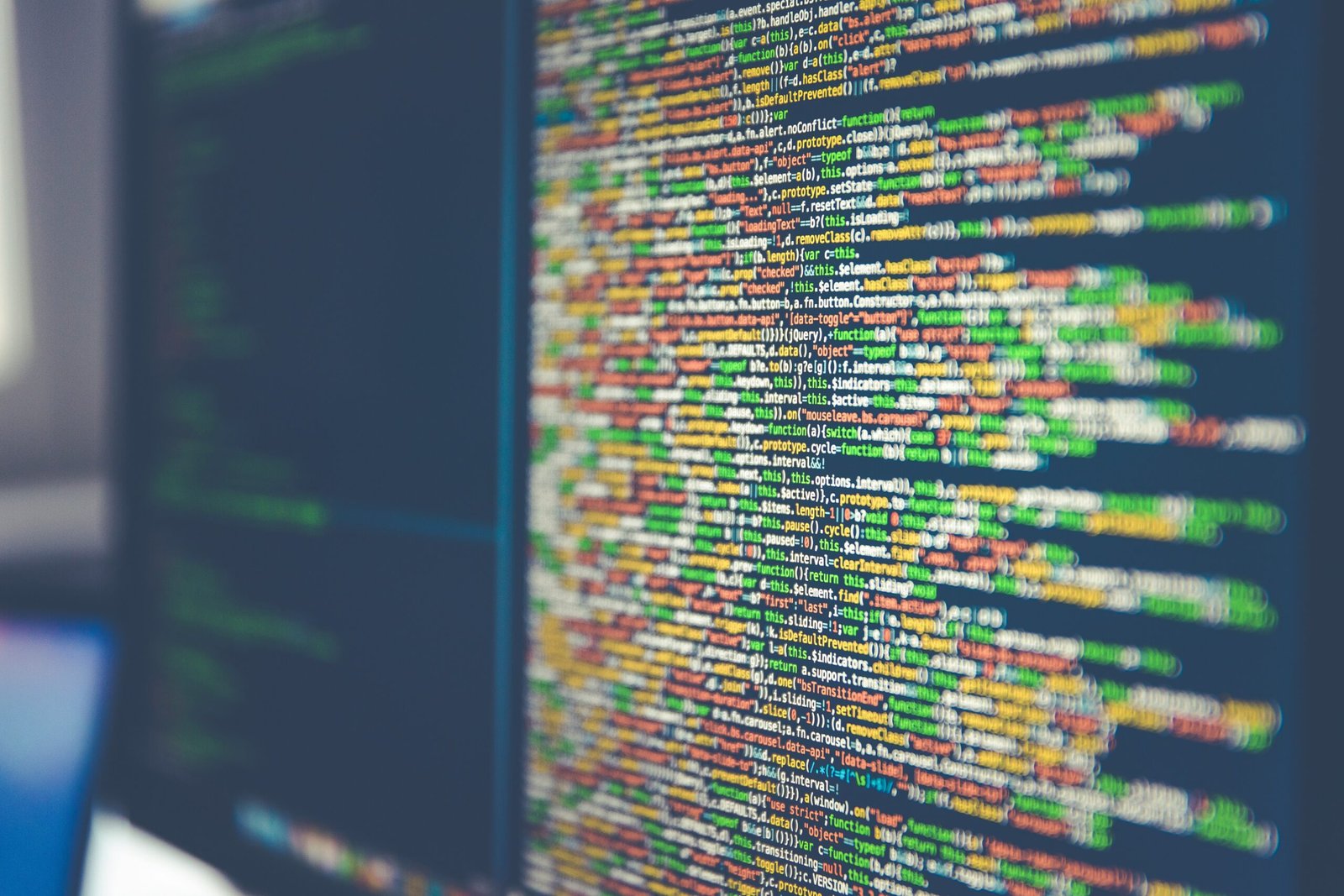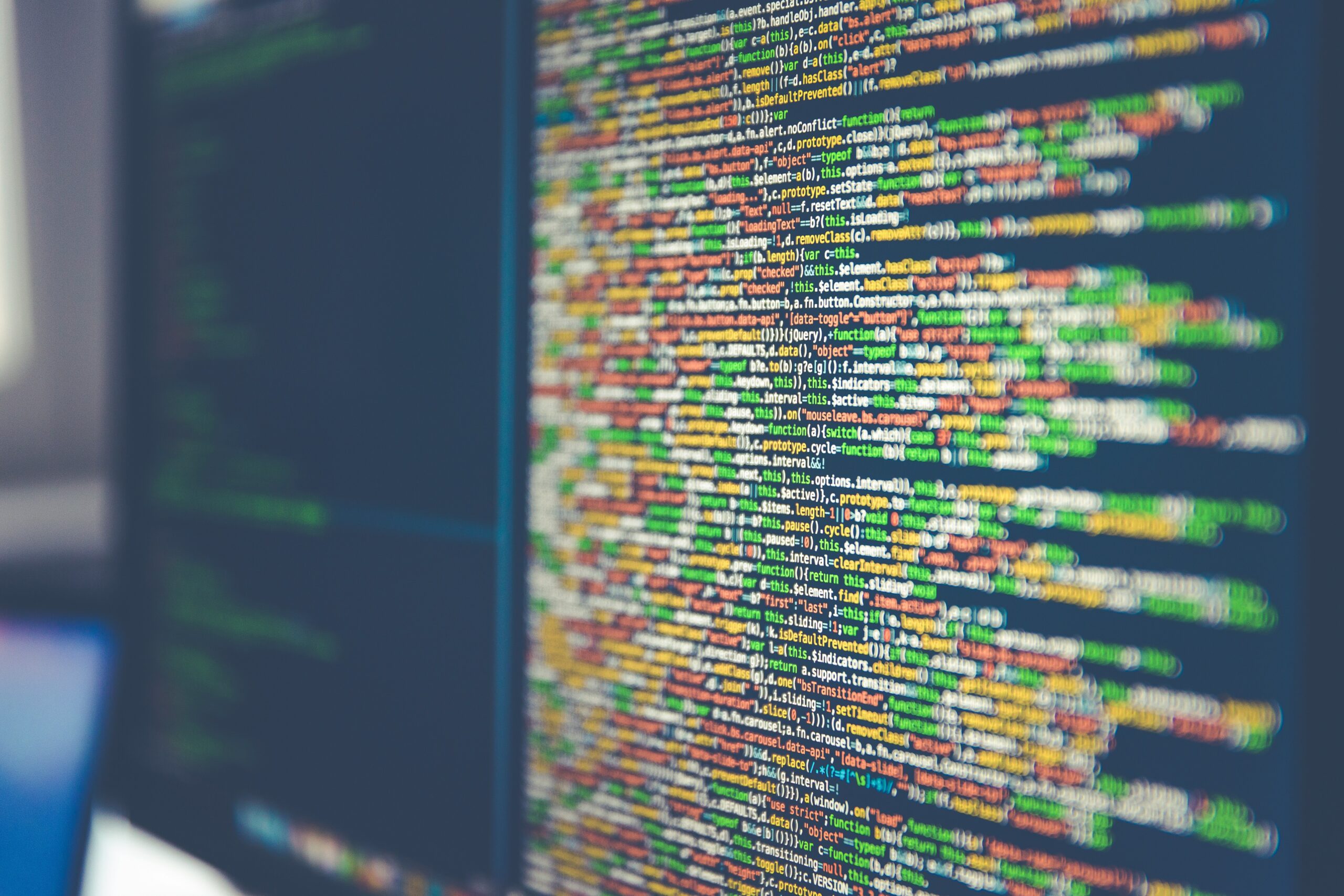Understanding Personal Data
Personal data refers to any information that can be used to identify an individual, either directly or indirectly. This category encompasses a wide range of data types, including but not limited to names, addresses, email addresses, phone numbers, social security numbers, and financial information such as bank details and credit card numbers. Each of these elements contributes to building a digital profile of an individual that can be exploited by cybercriminals.
One primary reason personal data is incredibly valuable to cybercriminals is its potential for misuse. For instance, stolen financial information can lead to unauthorized transactions, while personally identifiable information (PII) can form the basis for identity theft. Cybercriminals often sell this data on dark web marketplaces, where it fetches significant prices from other malicious actors. Thus, the potential profit from exploiting personal data incentivizes a range of cybercriminal activities aimed at acquiring it.
Moreover, there are different types of personal data that vary in sensitivity. For example, health information, biometric data, and online behaviors can also be classified under personal data, each carrying distinct implications for privacy and security. Adverse consequences can result if this data is compromised, from financial loss to a breach of one’s personal privacy.
Additionally, personal data can become vulnerable through various online interactions, such as social media sharing, online shopping, and cloud storage usage. These platforms are often targets for data breaches or inadequate security measures, making it essential for individuals to remain vigilant. Maintaining awareness of how personal data is collected, shared, and stored online is crucial to protecting oneself from potential cyber threats.
Common Online Threats to Personal Data
In an increasingly digital world, the security of personal data is becoming paramount. Various online threats can compromise this security, leading to significant repercussions for individuals. Understanding these threats is essential in safeguarding personal information. One prevalent threat is phishing, a deceptive practice where attackers impersonate legitimate entities through emails or websites to steal sensitive information, such as login credentials and credit card numbers. A common scenario involves receiving an email that appears to be from a reputable bank, urging the recipient to verify their account information by clicking on a link. Unsuspecting users may then inadvertently provide their sensitive data to cybercriminals.
Another notable threat to personal data is malware. This malicious software can infiltrate devices through infected downloads, email attachments, or compromised websites. Once installed, malware can capture keystrokes, access sensitive files, and even facilitate identity theft. For instance, an individual may download a seemingly harmless application that is actually laced with malware, leading to unauthorized access to their personal documents, photos, or financial information. The consequences of such malware attacks can be devastating, leaving victims vulnerable to fraud and identity theft.
Moreover, public Wi-Fi networks pose significant vulnerabilities for personal data. When users connect to unsecured public Wi-Fi, such as that found in cafes or airports, their data can be exposed to cyber threats. A common risk occurs when attackers set up rogue hotspots mimicking legitimate networks, allowing them to intercept data transmitted over the connection. This could enable unauthorized access to sensitive information, such as passwords and email accounts, putting users at risk of hacking or fraud. As highlighted, awareness of these online threats is crucial for maintaining personal data security in an ever-evolving digital landscape.

Best Practices for Securing Personal Data
In an increasingly digital world, securing personal data online has become paramount. One of the foundational steps in protecting your information is creating strong passwords. A robust password typically consists of a combination of uppercase and lowercase letters, numbers, and special characters, making it difficult for unauthorized parties to gain access to your accounts. It is advisable to avoid using easily guessable information, such as birthdays or common words. Additionally, utilizing a unique password for each account can further reduce risk.
Another essential measure in securing personal data is enabling two-factor authentication (2FA). This security measure adds an extra layer of protection by requiring not just a password, but also a second form of verification, such as a text message or authentication app code. Implementing 2FA significantly decreases the chances of unauthorized access, as cybercriminals would need to bypass both authentication layers.
Regularly updating your software is also critical in protecting personal data. Software updates frequently include security patches that address vulnerabilities and exploitations that have been discovered since the last update. Keeping your operating system, applications, and antivirus programs up to date helps ensure that your devices are equipped with the latest security features, reducing the risk of data breaches.
Lastly, it is vital to exercise caution regarding the information shared on social media platforms. Oversharing personal information can make it easier for identity thieves to access sensitive data. Evaluate privacy settings on your social media accounts, and be mindful of whom you accept as friends or followers. Limit the amount of personal information shared publicly to safeguard your identity and personal data online.
Useful Tools and Resources
In the modern digital landscape, securing personal data online is akin to fortifying a home against intruders. To assist users in this process, we have compiled a list of valuable tools and resources that can significantly enhance data security.
Firstly, password managers represent a crucial resource for protecting sensitive information. These tools, such as LastPass, Dashlane, and 1Password, allow users to create, manage, and store complex passwords securely. By using a password manager, individuals can eliminate the temptation of using easy-to-remember passwords, reducing the risk of unauthorized access to their accounts.
Secondly, employing a Virtual Private Network (VPN) is essential for safeguarding internet traffic. VPN services like NordVPN, ExpressVPN, and CyberGhost enable users to encrypt their online activities, providing an additional layer of security against hackers and other cyber threats. This is particularly important when accessing public Wi-Fi networks, where data interception risks are heightened.
Additionally, a solid cybersecurity software is an invaluable resource for protecting personal data. Popular options include Norton Antivirus, McAfee, and Bitdefender, which offer comprehensive protection against malware, phishing attacks, and other malicious activities. Regularly updating this software ensures that users are shielded from the latest threats.
Beyond these tools, it is wise to stay informed through reputable sources that offer guidelines and tutorials on data security. Websites like StaySafeOnline.org and the Cybersecurity & Infrastructure Security Agency (CISA) provide extensive information on how to protect personal data online. Exploring articles on these platforms can empower users with knowledge on best practices.
Conclusion
In conclusion, by utilizing password managers, VPNs, and cybersecurity software alongside reliable educational resources, individuals can take significant steps toward securing their personal data online. These tools not only enhance digital safety but also promote a proactive approach to safeguarding personal information in an increasingly interconnected world.
Read our Latest Blog
How to Build Your First Mobile App A Beginner’s Guide
Phone Number: +91-7488456170
Email ID: abhishek@eepl.me
Our Platforms:
Digilearn Cloud
EEPL Test
Live Emancipation
Follow Us on Social Media:
Instagram – EEPL Classroom
Facebook – EEPL Classroom
Stay connected and keep learning with EEPL Classroom !












